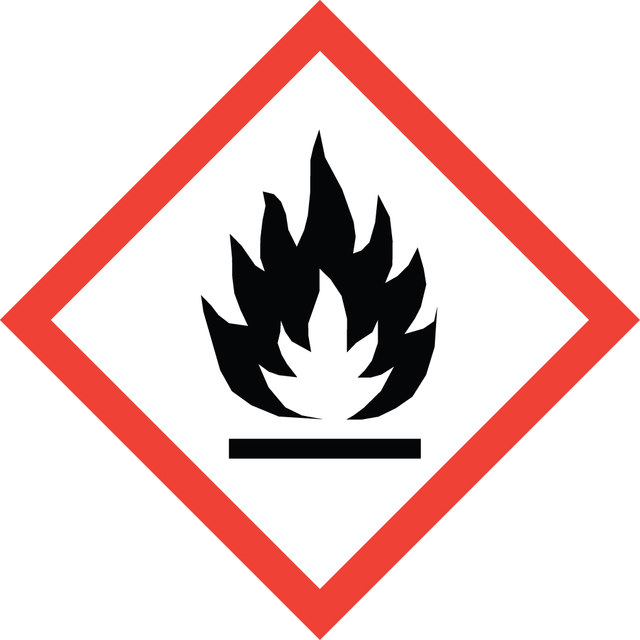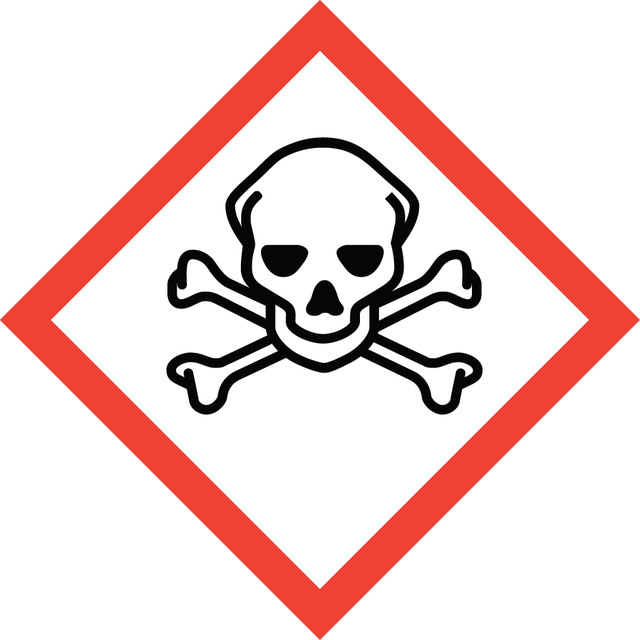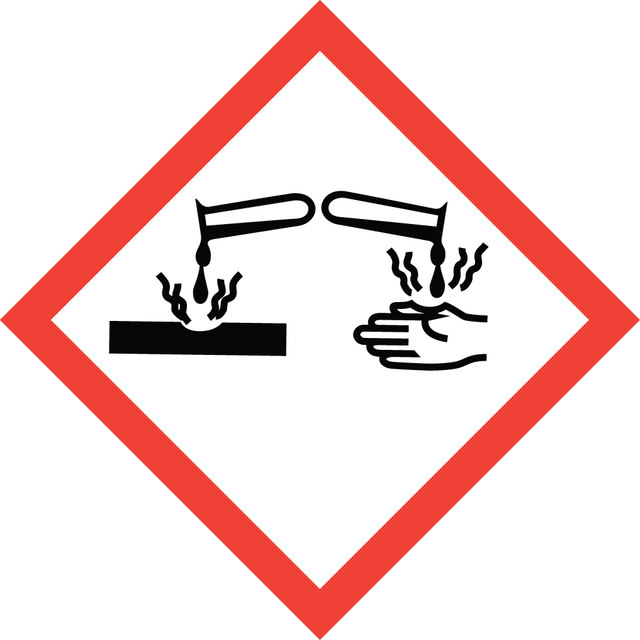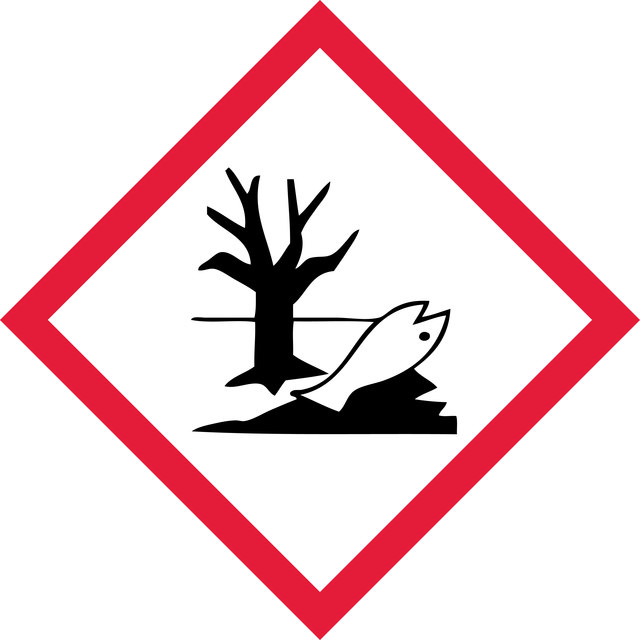496219
N,N-Diisopropylethylamine
99.5%, biotech. grade
동의어(들):
N-Ethyldiisopropylamine, DIPEA, Ethyldiisopropylamine, ‘Hünig’s base’
로그인조직 및 계약 가격 보기
크기 선택
제품정보 (DICE 배송 시 비용 별도)
Linear Formula:
[(CH3)2CH]2NC2H5
CAS 번호:
Molecular Weight:
129.24
EC Number:
MDL number:
UNSPSC 코드:
12352116
PubChem Substance ID:
NACRES:
NA.21
Grade:
biotech. grade
Bp:
127 °C (lit.)
Vapor pressure:
31 mmHg ( 37.7 °C)
Grade
biotech. grade
Quality Level
vapor pressure
31 mmHg ( 37.7 °C)
분석
99.5%
양식
liquid
불순물
<0.050% water
색상
APHA: <20
refractive index
n20/D 1.414 (lit.)
pH
12.3 (20 °C)
bp
127 °C (lit.)
mp
<−50 °C (lit.)
solubility
water: soluble 4.01 g/L at 20 °C
density
0.742 g/mL at 25 °C (lit.)
응용 분야
peptide synthesis
SMILES string
CCN(C(C)C)C(C)C
InChI
1S/C8H19N/c1-6-9(7(2)3)8(4)5/h7-8H,6H2,1-5H3
InChI key
JGFZNNIVVJXRND-UHFFFAOYSA-N
유사한 제품을 찾으십니까? 방문 제품 비교 안내
일반 설명
N, N-Diisopropylethylamine is a hindered non-nucleophilic amine base used in alkylation, aldol-like reactions, eliminations, and selective generation of enolates. It is widely used as a proton scavenger in organic synthesis. Due to its less nucleophilic nature, it produces less byproducts.
N, N-Diisopropylethylamine is a hindered non-nucleophilic amine base used in alkylation, aldol-like reactions, eliminations, and selective generation of enolates. It is widely used as a proton scavenger in organic synthesis. Due to its less nucleophilic nature, it produces less byproducts.
Our biotech solvents offer exceptional quality for reliable RNA extraction, ensuring optimal laboratory performance. With low water content and minimal residue, give clean UV spectra to minimize contamination.
- High-Quality Biotech Solvents: Designed for optimal laboratory performance with low water content and minimal residues.
- Ideal for RNA Extraction: Essential for genetic testing and research applications like PCR.
- Ensures Integrity of Genetic Material: Promotes reliable and reproducible results.
- Industry Compliant: Suitable for both academic and commercial laboratories, enhancing research efficiency.
애플리케이션
N, N-Diisopropylethylamine can be used as a base:
- In the palladium (0)-catalyzed alkoxy carbonylation of allyl phosphates and acetate.
- In the selective enolate formation along with boryl triflates.
- In the C–N coupling of aryl halides with nitroarenes in the presence of nickel catalyst.
N,N-Diisopropylethylamine may be used in the synthesis of mannosylated ovalbumin peptides.
신호어
Danger
유해 및 위험 성명서
Hazard Classifications
Acute Tox. 3 Inhalation - Acute Tox. 4 Oral - Aquatic Chronic 2 - Eye Dam. 1 - Flam. Liq. 2 - STOT SE 3
표적 기관
Respiratory system
Storage Class Code
3 - Flammable liquids
WGK
WGK 2
Flash Point (°F)
49.1 °F
Flash Point (°C)
9.5 °C
Lipase-catalysed synthesis of olvanil in organic solvents.
Reyes-Duarte D, et al.
Biotechnology Letters, 24(24), 2057-2061 (2002)
Facile and Gram-scale Synthesis of Metal-free Catalysts: Toward Realistic Applications for Fuel Cells.
Kim OH, et al.
Scientific Reports, 5 (2015)
Asymmetric Hydrogenation of α,β-Unsaturated Nitriles with Base-Activated Iridium N, P Ligand Complexes
Muller MA and Pfaltz A.
Angewandte Chemie (International Edition in English), 126(33), 8812-8815 (2014)
Alexandre Yersin et al.
Biophysical journal, 94(1), 230-240 (2007-09-18)
Interaction between the iron transporter protein transferrin (Tf) and its receptor at the cell surface is fundamental for most living organisms. Tf receptor (TfR) binds iron-loaded Tf (holo-Tf) and transports it to endosomes, where acidic pH favors iron release. Iron-free
Irina Naletova et al.
Cancers, 11(9) (2019-09-11)
Angiogenin (ANG), an endogenous protein that plays a key role in cell growth and survival, has been scrutinised here as promising nanomedicine tool for the modulation of pro-/anti-angiogenic processes in brain cancer therapy. Specifically, peptide fragments from the putative cell
자사의 과학자팀은 생명 과학, 재료 과학, 화학 합성, 크로마토그래피, 분석 및 기타 많은 영역을 포함한 모든 과학 분야에 경험이 있습니다..
고객지원팀으로 연락바랍니다.


